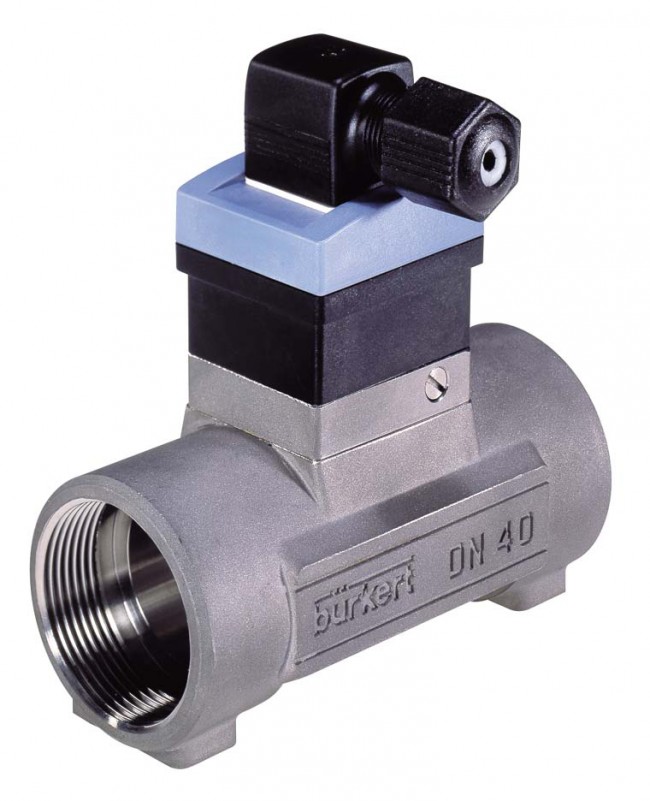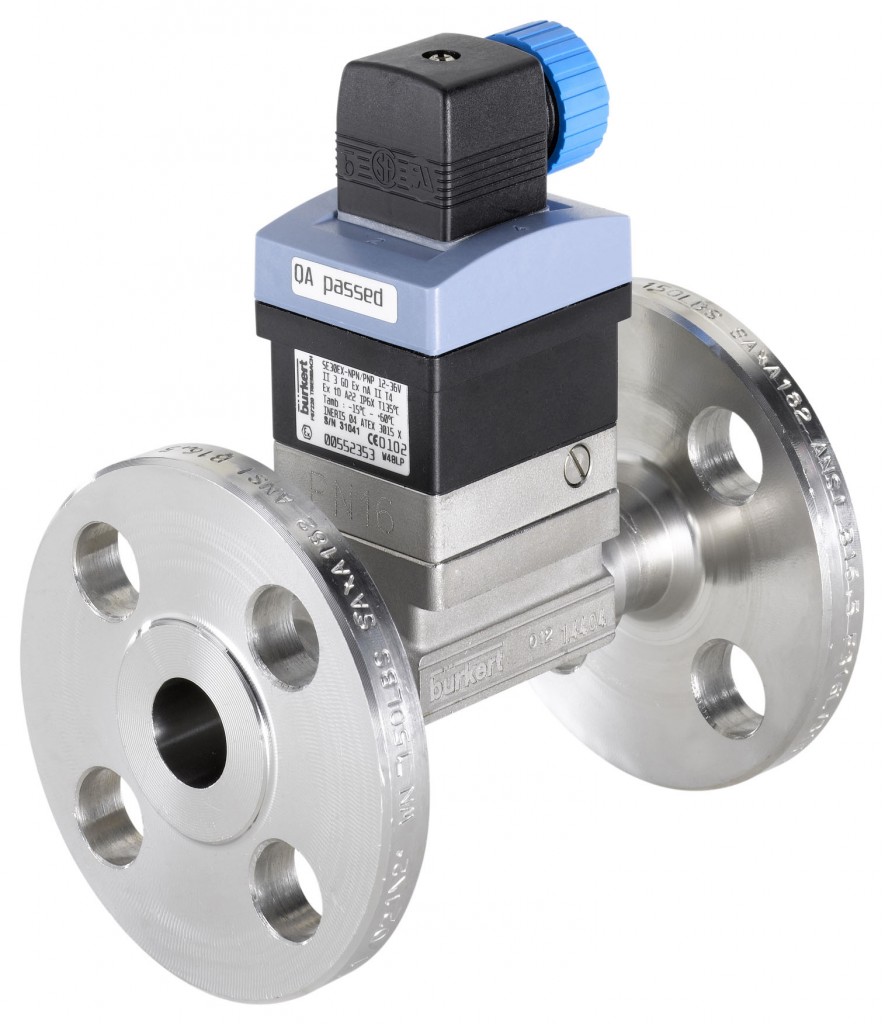Standard and Actual Flow Rate Measurement: What’s the Difference?
Measuring flow rates of gases can be quite a complex operation. Fine Controls has been supplying process controls and instrumentation equipment for over 20 years now so it’s fair to say that we know a thing or two about the products in question however, we understand how complicated it can be for many people.
There are two main ways to measure flow rate; learn all you need to know on how to measure ‘standard’ and ‘actual’ flow rates and what the difference between the two units are…
What is Standard flow rates?
Standard cubic feet per minute (SCFM) is the volumetric flow rate of a gas changed to "standardised" conditions of temperature and pressure, which then gives the equivalent of the mass flow of the gas.
There is no universally accepted set of standard conditions but the typical terms for pressure can be defined as an absolute pressure 1.0 bar and the standard temperature is normally 0 °C, 15 °C, 20 °C, or 25 °C.

In some specifications the relative humidity (e.g, 36% or 0%) is also included as standard conditions.
The most fundamental aspect which can have the biggest effect is temperature change. Change in temperature can cause a significant volumetric variation for the same mass of flow rate.
In Europe, standard temperature is normally 0 °C and in the USA, it is normally 60 °F or 70 °F, but again not always.
Example:
- 1,000 kg/h of air at 1 atmosphere of absolute pressure is 455 SCFM at 0 °C (32 °F)
- 1,000 kg/h of air at 1 atmosphere of absolute pressure is 481 SCFM at 16 °C (60 °F)
Standard flow rate is the most commonly useful measures because it defines the mass flow, number of molecules, and heat-carrying capacity of the gas. So the US Environmental Protection Agency (EPA) for example, uses standard air flow rate for reporting particulate matter.
What is Actual flow rates?
Actual cubic foot per minute (ACFM) is the volume of gas flowing in a system, independent of its temperature and pressure.
The most important difference between the two units is the pressure. To move a gas, a positive pressure or a vacuum must be created. When positive pressure is applied to a standard cubic foot of gas, it is compressed. When a vacuum is applied to a standard cubic foot of gas, it expands. The volume of gas after it is pressurised is referred to as its actual volume.
Practitioners in the Industrial Hygiene/Occupational Health sector tend to use actual air flow rates.

How Can I Measure Flow Rates?
Mass flow sensors are a commonly used instrument for measuring flow rate. It’s crucial that you know exactly what temperature base you need before set up.
There is an extensive array of flow meters to choose from including turbine, ultrasonic, electromagnetic and energy; so which one is right for you?
If you need any assistance with measuring your flow rate, please get in contact with the PIF team and we will put you in contact with one our industry experts.
Get the latest process industry news
Interested in receiving even more industry-leading news from Process Industry Forum delivered directly to your inbox? Then sign up to our free newsletter. Bringing you the latest news, trends, innovations and opinion from across the process industry, our exclusive newsletter gives you all the industry insights of the moment in one, easy-to-digest bulletin. Stay ahead of the competition with regular process industry news instalments from PIF.

